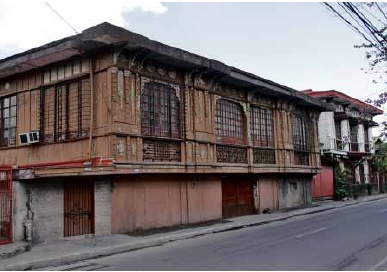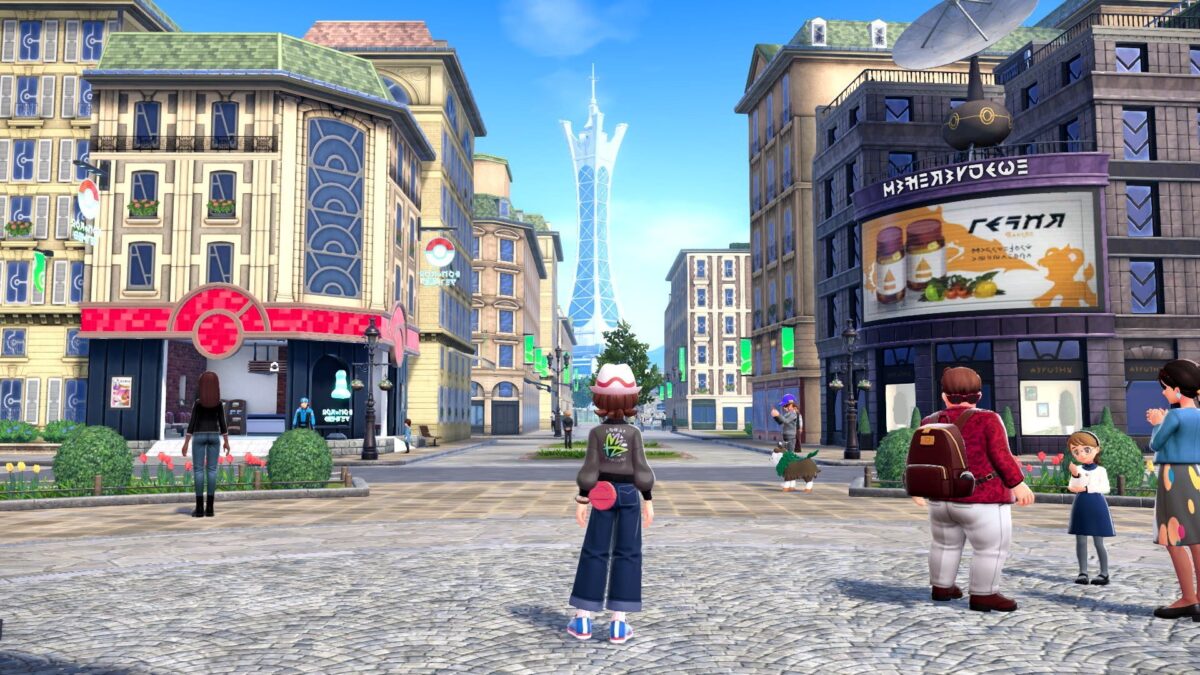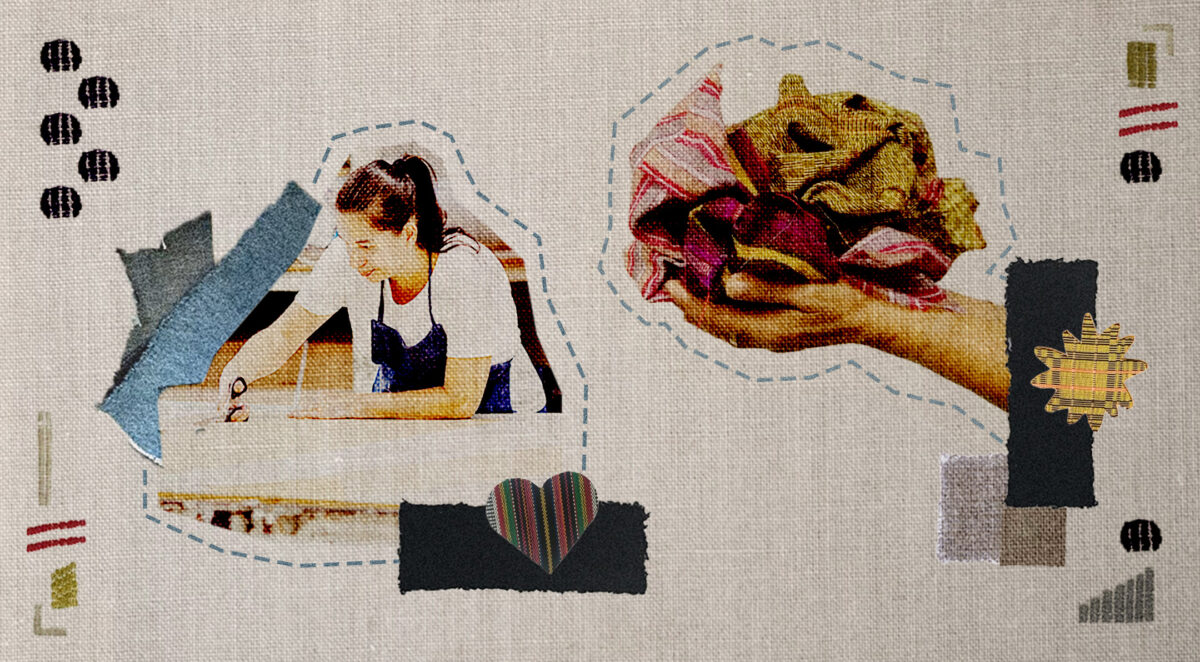
He had gotten so tired of answering questions about the floods of Malabon that heritage architect Richard Bautista decided to become the city’s self-appointed historian and conservationist. It’s a personal advocacy that he started in the late 1990s, “after years of yearning that Malabon would get the attention that it deserves,” he said.
“Malabon has so much to offer,” said Bautista, who expressed disappointment after two books on ancestral homes failed to mention the 400-year-old city. He decided to take pictures of old houses himself and use them to promote Malabon.
“Being an architect, I wanted to showcase architectural heritage,” he said.
To date, he has documented some 120 houses built between the 19th century and the prewar years.
In 2000, Bautista launched the second phase of his advocacy with two goals: to uplift the town’s image, and instill pride of place among the locals. At that time, the city had become synonymous with tidal floods and squatter areas—a lethal combination that led most people to assume that the locals lived a miserable existence.
Conducting curated tours with itinerary and content based on the clients’ interests, Bautista thought, was the best way to do this. His initiative has since been replicated by the local government’s tourism office.
For a Makati ladies group, the curated tour meant stocking up on the city’s delicacies, including cured horse meat from Concepcion market. The masteral architecture students from a university in France, meanwhile, focused on the organic development of the pathway that connects the city’s church, the wet market, and the ferry station offering boat rides between Malabon and Navotas.
Walking tour
A walking tour for those wary of Malabon’s narrow streets could start with Concepcion Church, built in 1886, along Gen. Luna Street. It lies directly across the Borja House, one of the country’s most well-maintained heritage homes.
Other heritage homes worth a visit for an aesthetic interpretation of history are the Luna-Benedicto House, the Paez House, the Lao-Luna house, the Martinez house, the Raymundo house and the Luna house. (See sidebar)
Seeing these houses feels like being transported to the Spanish colonial era, with their typical bahay-na-bato features like the adobe structure, sliding capiz windows, grills and ventanillas. Sadly, however, some of the houses are now several feet below street level, as constant flooding has led the local government to elevate surrounding streets several times.
After a fill of heritage homes, you can hie over to the ferry station where, for a P5 fare one way and within a few minutes, the boat drops you off at Navotas.
Keep an eye out for shipyards lining the river bank, and careful you don’t fall overboard into the murky waters where, the locals joke, you’d likely die of tetanus rather than drowning. But despite its appearance, the river still harbors marine life.
In fact, when the river overflows on high tide, crabs, shrimps, bangus, bidbid and mussels would spill over to the 50-square-meter pond that used to be part of our driveway but had been converted into a catch basin as an antiflood and high tide project.
After the boat ride, visit the wet market, but make sure you have enough self-control lest you lug home bags of cooked foodstuff as well as fresh seafood such as shrimps, prawns, crabs, clams and an assortment of fish that Malabon is known for.
If you have enough time, take a 10-minute drive to the gallery of painter and local currency artist Angel Cacnio in Hulo, where the works of his sculptor-sons Michael and Ferdie are also on display.
Grandeur
San Bartolome Church, built in 1783 and located near the city hall in Bayan, is another must-visit because of “the grandeur of its scale,” although recent renovations have met with mixed reviews. Bautista said the church complex seems to be the only one that still has an intact old cemetery since an 1820 order from the King of Spain had asked churches to move cemeteries outside the poblacion, a preventive health measure following a cholera epidemic in the Philippines.
Malabon, founded in 1599, got its name either from the word malabong, a description for watery mud found along river banks, or labong, which refers to young bamboo shoots. That second interpretation seems unlikely, said Bautista who said that had labong flourished in Malabon, it would have led to a bamboo shoot dish, given the locals’ culinary aptitude that has made the city a foodie favorite.
Its Pancit Malabon, sapin-sapin, quikiam, rellenong bangus, crispy pata, mechado, puto cupcakes and pichi-pichi have become tourist magnets in themselves.
The restaurants may be nothing fancy, like Mely’s Carinderia on Bonifacio Street in Barangay Flores, which offers food turo-turo style. But it has earned such a reputation for good eats that my sister, upon learning where we were having lunch, gave me and my friends some pithy words of wisdom: “Magpigil kayo (Control yourselves).”
Good advice but very challenging, as each serving of scrumptuous dishes costs only P60.
For dessert, there’s dirty ice cream which, in Malabon, is always topped with sweet red beans. Or valencia, a crisp triangular treat filled with ripe plantain, as well as biko, a rice cake that is also a symphony of textures and sweetness, both among the bestsellers at Nanay’s Pancit Malabon along Gov. Pascual Street in Barangay Sto. Rosario.
Eating culture
But why does Malabon have such a rich eating culture? Simple: the city has always been a prosperous town so the people are used to eating well.
The Malabon-Navotas River once teemed with marine life and served as a highway and port for ships and cascos plying the Manila-Pampanga route and carrying commercial and agricultural loads, including those meant for the galleon trade.
Alas, in the 1980s, a massive reclamation project destroyed the natural drainage system of the city and gave way to a government housing project that turned Dagat-dagatan, once a safe harbor, into a sprawling slum area.
In addition to fishponds, Malabon had a sugar refinery, which opened in 1878 and was in operation until the end of Spanish rule.
Bautista recalled how chief photographer and Tropicana owner Dominador Cruz once told him that as a young boy, he would see truckloads of newly harvested sugar cane pass through the streets on their way to Pampanga and Bulacan.
There was also a tabacalera owned by the Crown of Spain that, Bautista said, closed down after the Philippine Revolution in 1898.
This prosperous past could be behind the three-day fiesta celebration in Concepcion from Dec. 8 to 10, when rich households used to host grand celebrations for two days—one for their workers, and another for relatives and friends.
The one fiesta highlight that has stayed is the Immaculate Concepcion fluvial parade along the Malabon-Navotas River and the dinner every Dec. 9, organized and hosted by the Lucas family, owners of Rufina Patis.
One deterrent to the customary fiesta parties is the traffic on narrow streets made even narrower by street parades and religious processions.
Still, given its various offerings, Malabon is certainly worth this aggravation.












































